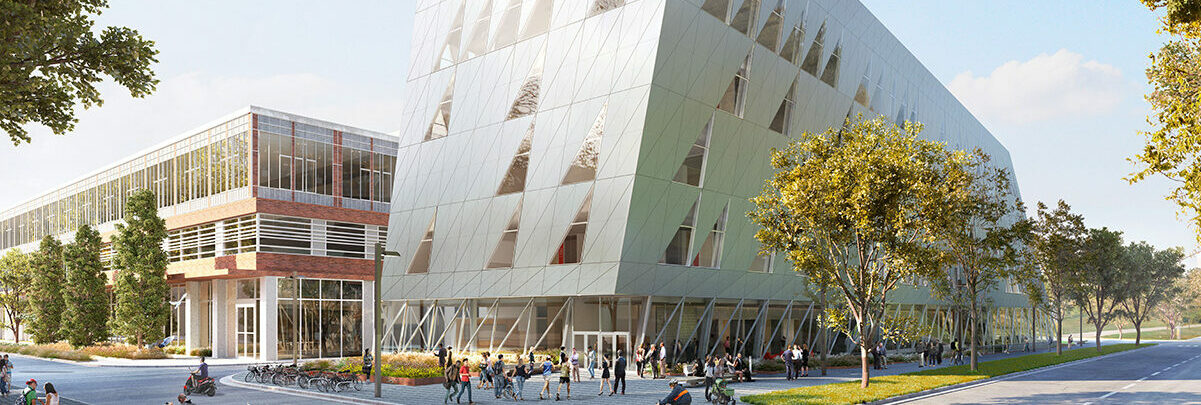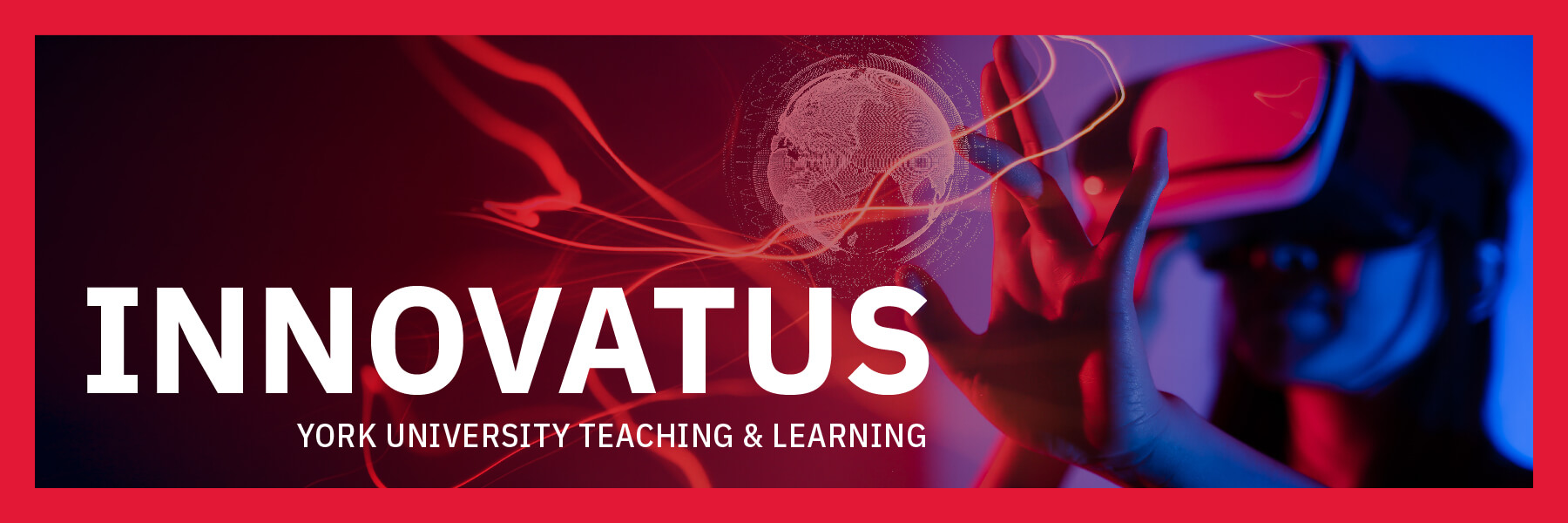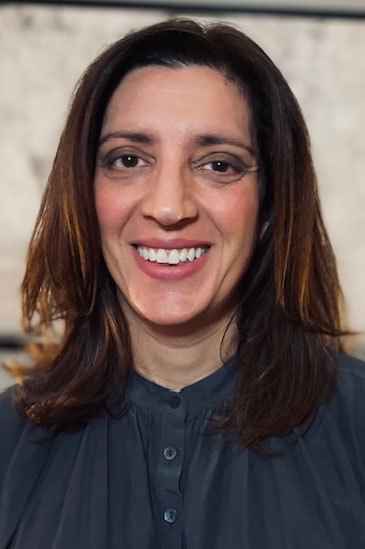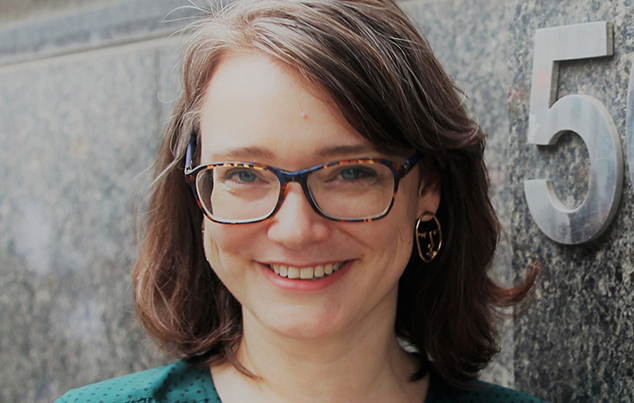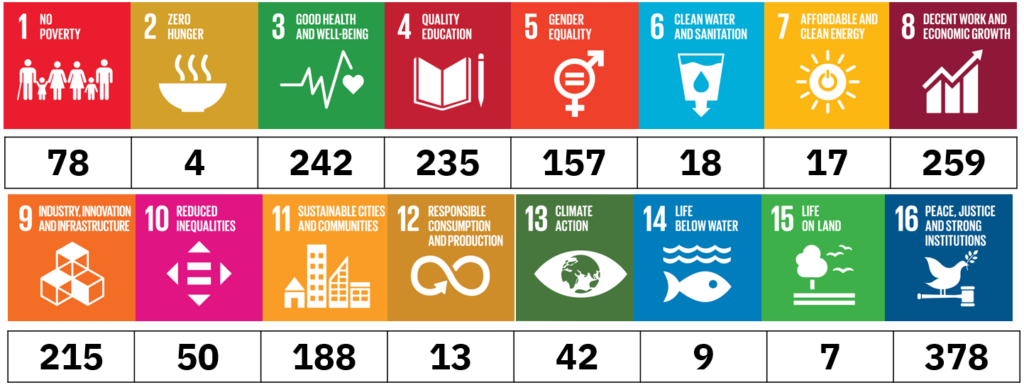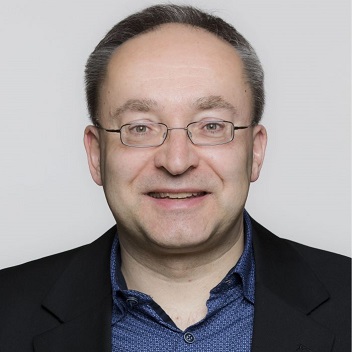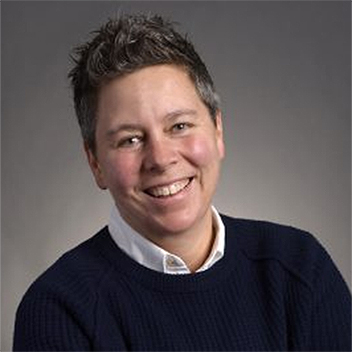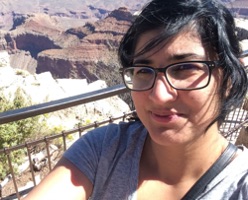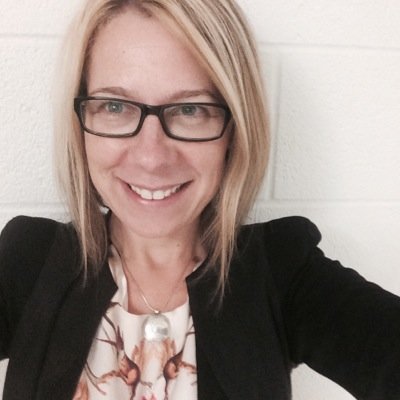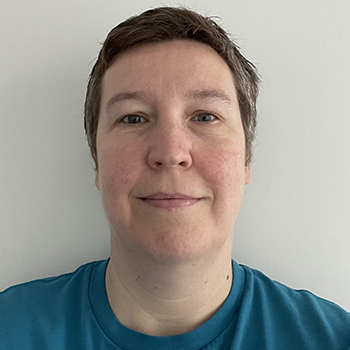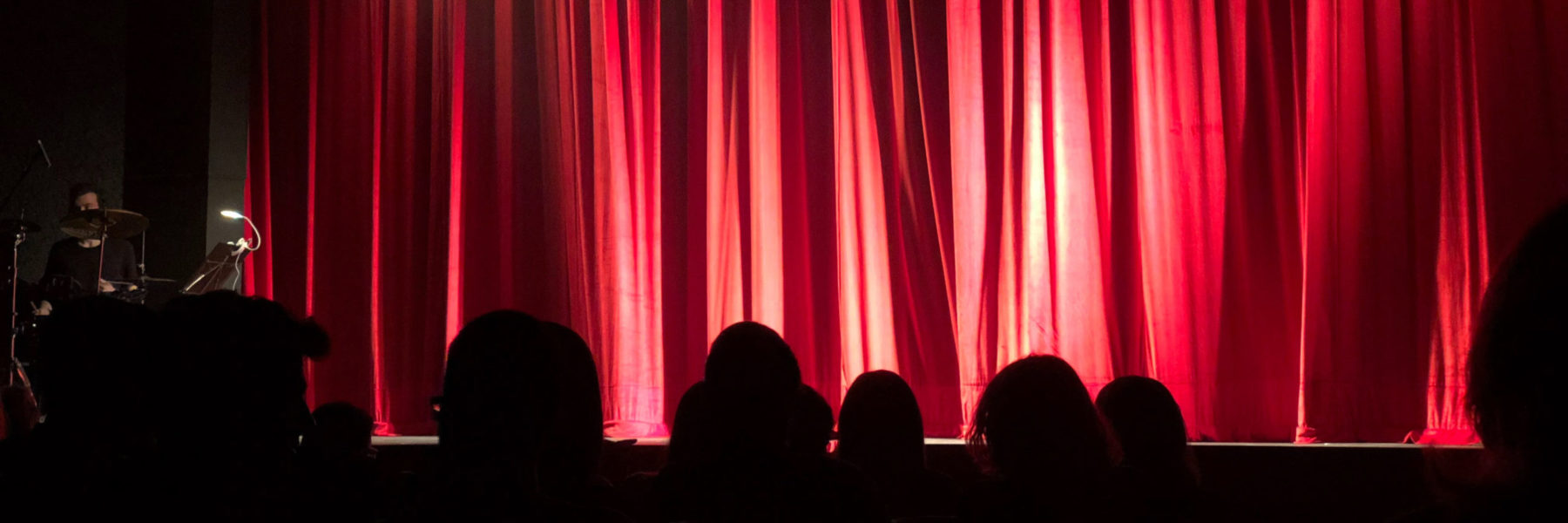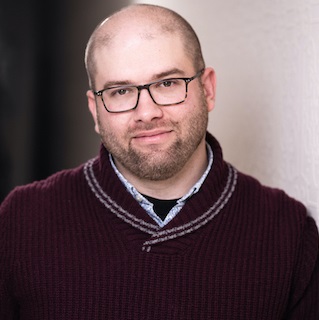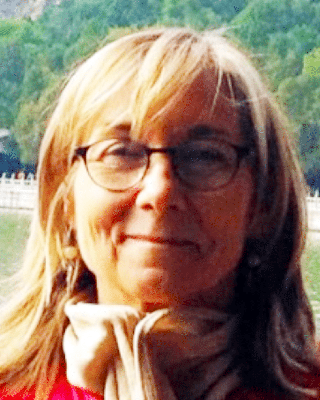La version française suit la version anglaise.
Dear colleagues,
I am pleased to inform members of the York University community of the appointment of Christine Brooks-Cappadocia as interim assistant vice-president (AVP), continuing studies, effective Feb. 1, until the completion of the search for the next AVP has concluded.
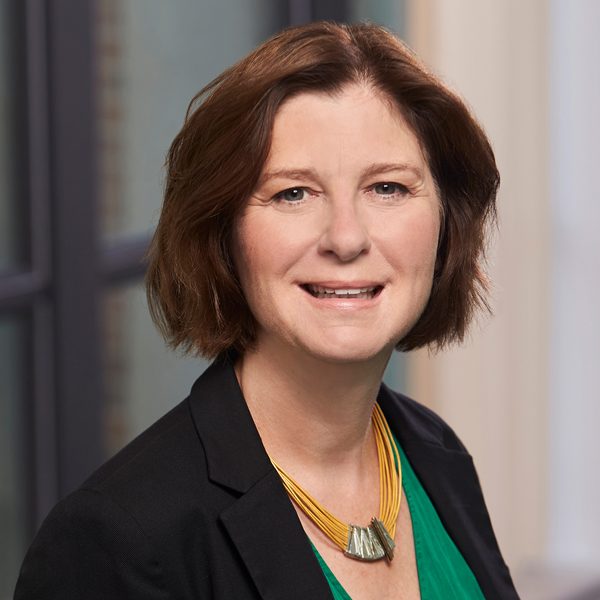
Christine previously served as the executive director, programs & partnerships, the director of professional education and director of marketing & enrolment management in the School of Continuing Studies.
The school’s Continuing Professional Education division is considered to be among the most innovative in the country, receiving unprecedented enrolment and program growth during her tenure. Recently, she has been focusing on supporting the transformation of the English Language Institute in the post-pandemic market. Christine is especially proud of the success of the school’s international students who have built careers in Canada and of the programs that help recent and mid-career professionals thrive in emerging roles.
Prior to joining York’s School of Continuing Studies in 2014, Christine spent six years building and managing the marketing department at McMaster’s Centre for Continuing Education. Her career highlights include supporting the launch of the York University School of Continuing Studies; the establishment of two endowed bursaries to support non-traditional students; the creation of several programs which are the first of their kind in Canada; launching a foundation to support at-risk youth; the development of the communications department for St. Joseph’s Healthcare Foundation in Hamilton; and the management of a high-profile event featuring former U.S. President Bill Clinton and former Ontario Premier Bob Rae.
She has been privileged to serve in several governance roles in non-profit organizations including as president and founding board member of the International Association of Business Communicators’ (IABC) Golden Horseshoe chapter, the vice-president of Community Arts Ontario, and as a founding board member of the Coalition of Ontario Voluntary Organizations.
Christine has earned several awards for marketing from the Association of Healthcare Philanthropists, the International Business Communicators, and the Learning Resources Network (LERN). Christine holds a bachelor of fine arts from York University and a master of management, innovation and entrepreneurship from Queen’s.
Please join me in welcoming Ms. Brooks-Cappadocia to the School of Continuing Studies. We are looking forward to working with her and benefitting from her leadership and experience.
Sincerely,
Lisa Philipps
Provost & Vice-President Academic
Annonce de la nomination de la vice-présidente adjointe à la formation continue (VPA) par intérim
Chers collègues, chères collègues,
J’ai le plaisir d’informer les membres de la communauté de l’Université York de la nomination de Christine Brooks-Cappadocia au poste de vice-présidente adjointe (VPA) à la formation continue par intérim, à compter du 1er février et jusqu’à ce que la recherche du ou de la prochaine VPA soit terminée.

Elle a précédemment occupé les postes de directrice générale des programmes et des partenariats, de directrice de la formation professionnelle et de directrice du marketing et de la gestion des inscriptions à l’École de formation continue.
La division de formation professionnelle continue de l’École est considérée comme l’une des plus innovantes du pays et a connu une croissance sans précédent des inscriptions et des programmes pendant son mandat. Récemment, elle s’est attachée à soutenir la transformation de l’Institut de langue anglaise sur le marché post-pandémique. Elle est particulièrement fière de la réussite des étudiantes et étudiants internationaux de l’École qui ont bâti leur carrière au Canada et des programmes qui aident les professionnels récents et en milieu de carrière à s’épanouir dans des carrières émergentes.
Avant de se joindre à l’École de formation continue de York en 2014, Mme Brooks-Cappadocia a passé six ans à mettre sur pied et à gérer le service de marketing du Centre de formation continue de McMaster. Parmi les faits saillants de sa carrière, citons le soutien au lancement de l’École de formation continue de l’Université York, la création de deux bourses d’études pour soutenir les étudiantes et étudiants non traditionnels, la création de plusieurs programmes qui sont les premiers du genre au Canada, le lancement d’une fondation pour soutenir les jeunes à risque, le développement du département des communications de la St. Joseph’s Healthcare Foundation à Hamilton et la gestion d’un événement très médiatisé mettant en vedette l’ancien président américain Bill Clinton et l’ancien premier ministre de l’Ontario Bob Rae.
Elle a eu le privilège d’assumer plusieurs rôles de gouvernance au sein d’organismes sans but lucratif, notamment en tant que présidente et membre fondatrice du conseil d’administration de la section Golden Horseshoe de l’International Association of Business Communicators (IABC), vice-présidente de Community Arts Ontario et membre fondatrice du conseil d’administration de la Coalition of Ontario Voluntary Organizations.
Mme Brooks-Cappadocia a remporté plusieurs prix de marketing de l’Association for Healthcare Philanthropists, de l’International Association of Business Communicators et du Learning Resources Network. Elle est titulaire d’un baccalauréat en beaux-arts de l’Université York et d’une maîtrise en gestion, innovation et entrepreneuriat de l’Université Queen.
Veuillez vous joindre à moi pour accueillir Christine Brooks-Cappadocia à l’École de formation continue. Nous avons hâte de travailler avec elle et de nous enrichir de son leadership et de son expérience.
Sincères salutations,
Lisa Philipps
Rectrice et vice-présidente aux affaires académiques


